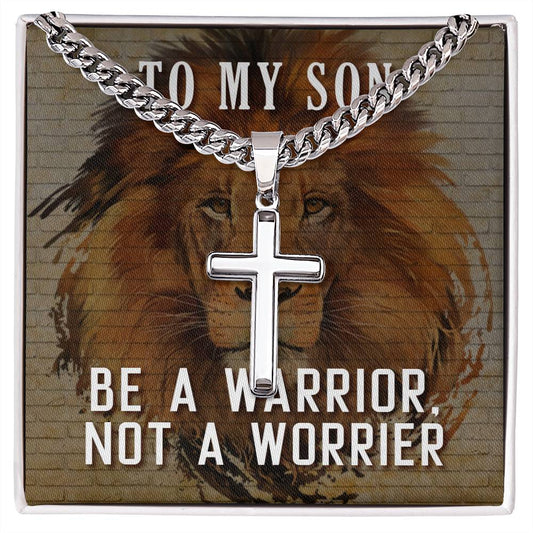The Symbolism of the Cross: A Profound and Universal Meaning
The cross is a symbol that holds immense significance and carries a deep-rooted symbolism across various cultures, religions, and historical contexts. It is a powerful emblem that evokes a range of emotions and represents diverse ideas. In this article, we will explore the profound symbolism of the cross and its significance in different cultural and religious contexts.
Origins and Historical Significance of the Cross
The cross has a long history, predating Christianity. It was used as a symbol in ancient civilizations, including Egyptian, Babylonian, and Aztec cultures. However, it was through Christianity that the cross gained its most prominent and enduring symbolism.
In Christianity, the cross represents the crucifixion of Jesus Christ, the central figure of the religion. It is a reminder of his sacrifice and the redemption of humanity. The cross is seen as a symbol of hope, love, and forgiveness.
Symbolic Meanings of the Cross
The cross carries a multitude of symbolic meanings, each resonating with different cultural and religious beliefs. Let's explore some of the most significant interpretations of the cross symbol:
1. Sacrifice and Redemption
The cross is primarily associated with the sacrifice and redemption of Jesus Christ. It serves as a reminder of his crucifixion, where he willingly laid down his life for the salvation of humanity. The vertical beam represents the divine connection between heaven and earth, while the horizontal beam symbolizes the union of God's love and human suffering.
2. Faith and Belief
The cross is a powerful symbol of faith and belief. It serves as a visual representation of one's commitment to a particular religion or spiritual path, reminding individuals of their beliefs, values, and moral principles. It can act as a source of strength and inspiration during times of doubt or adversity.
3. Protection and Blessings
In many cultures, the cross is believed to offer protection against evil forces and to bring blessings. Wearing or displaying a cross is seen as a talisman against negative energies and a way to seek divine protection. It is often used in religious rituals and ceremonies to invoke blessings and ward off malevolent forces.
4. Unity and Connection
The cross symbolizes unity and connection in various contexts. It represents the unity of believers within a religious community, fostering a sense of belonging and shared values. Additionally, it can represent the connection between humanity and the divine, serving as a bridge between the physical and spiritual realms.
5. Resilience and Endurance
The cross is a symbol of resilience and endurance, reflecting the strength and determination to overcome challenges. It reminds individuals to stay steadfast in their beliefs and to persevere through difficult times. The cross serves as a source of inspiration and a reminder of the triumph of the human spirit.
Cultural and Religious Variations of the Cross Symbol
While the basic form of the cross remains consistent, there are variations in its design and symbolism across different cultures and religious traditions. Some notable variations include:
1. Latin Cross
The Latin cross, also known as the Christian cross, is the most recognizable form of the cross. It consists of a vertical beam intersected by a shorter horizontal beam. This cross is predominantly associated with Christianity and its various denominations.
2. Greek Cross
The Greek cross features four arms of equal length, forming a cross with equal sides. It is commonly associated with the Eastern Orthodox Church and is often used in Byzantine and Greek art and architecture.
3. Celtic Cross
The Celtic cross, also known as the Irish cross, combines a Latin cross with a circle or a ring surrounding the intersection. It is associated with Celtic Christianity and represents the integration of Christian and pagan symbols.
4. Ankh
The Ankh, an ancient Egyptian symbol, resembles a cross with a looped top. It symbolizes life, immortality, and the union of male and female energies. The Ankh is often associated with Egyptian deities, particularly Osiris and Isis.
5. Swastika
The swastika, although widely recognized as a symbol of hate due to its association with Nazism, has ancient origins and is found in many cultures. Prior to its misuse, it symbolized good luck, well-being, and prosperity in Hinduism, Buddhism, and various other ancient civilizations.
Conclusion
The cross symbolizes a range of profound meanings, including sacrifice, faith, protection, unity, and resilience. It is a universal symbol that transcends religious and cultural boundaries, resonating with people from diverse backgrounds. Whether as a representation of Christian beliefs or as a symbol of broader human experiences, the cross continues to hold deep significance and inspire individuals worldwide.







